Description
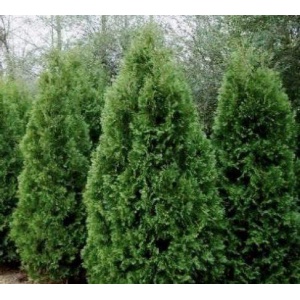 Thuja occidentalis ‘Nigra’
Thuja occidentalis ‘Nigra’
Dark Green American
Dark Green American is a conical cultivar that will grow to 20-30’ tall and to 5-10’ wide. It features flattened sprays of dark green foliage that retain good green color throughout the year including winter. Seed cones are not particularly showy.
Zone: 3 to 7
Height: 20.00 to 30.00 feet
Spread: 5.00 to 10.00 feet
Bloom Time: Non-flowering
Bloom Description: Non-flowering
Sun: Full sun to part shade
Water: Medium
Maintenance: Low
Suggested Use: Hedge
Leaf: Evergreen
Other: Winter Interest
Tolerate: Clay Soil, Black Walnut, Air Pollution
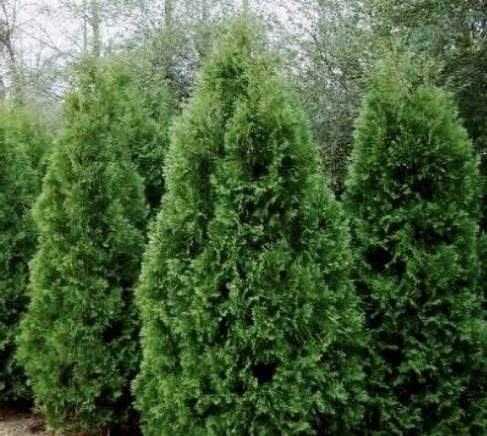
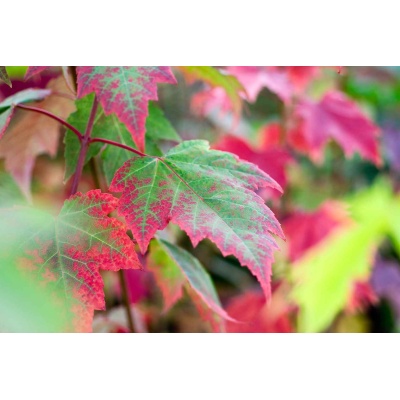
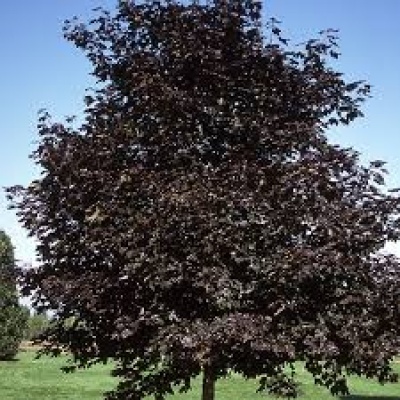
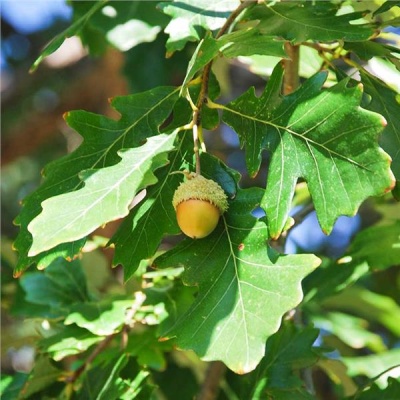
Reviews
There are no reviews yet.